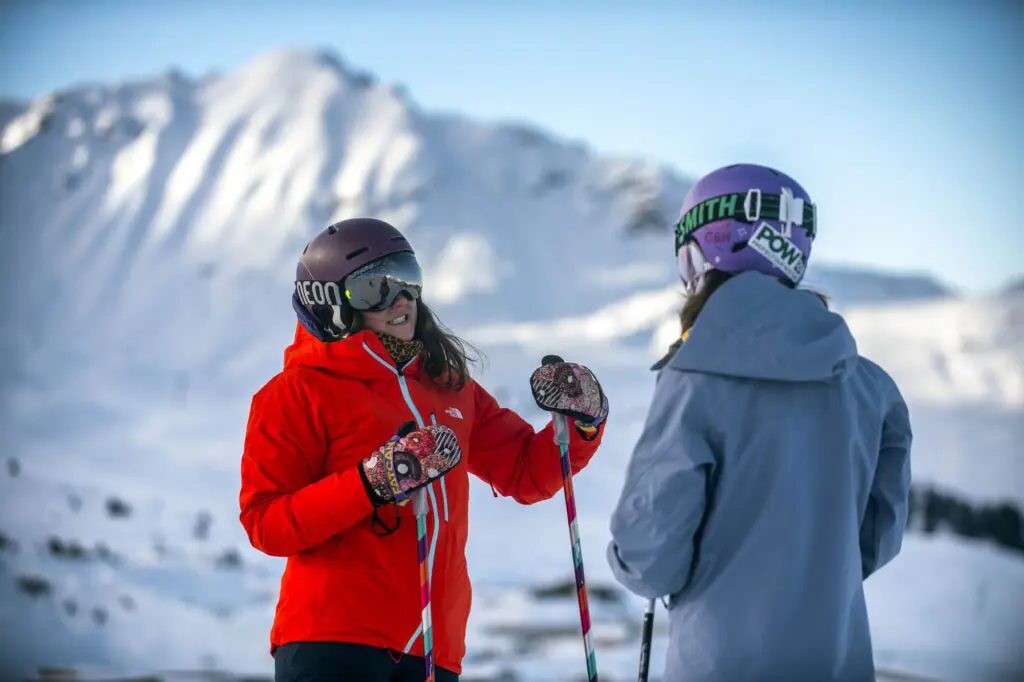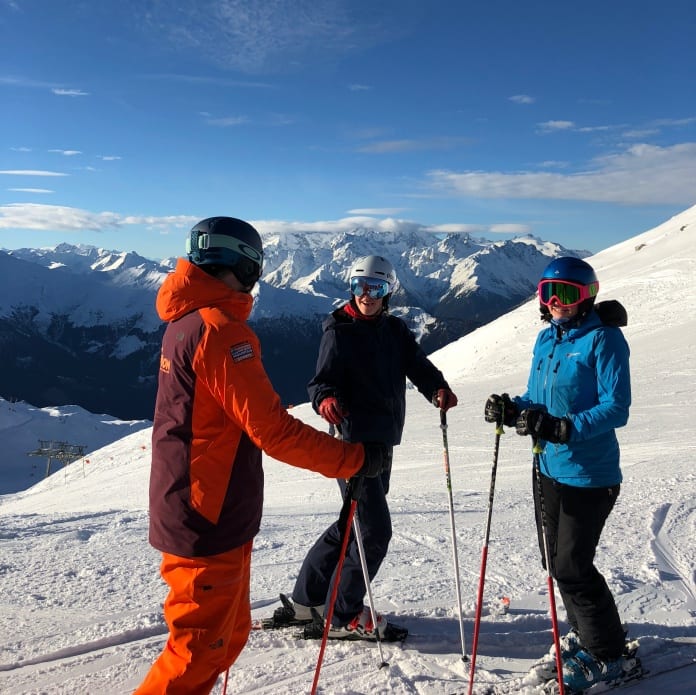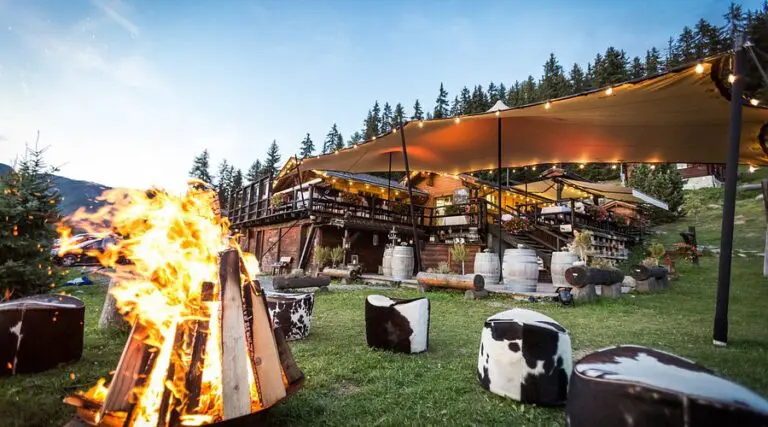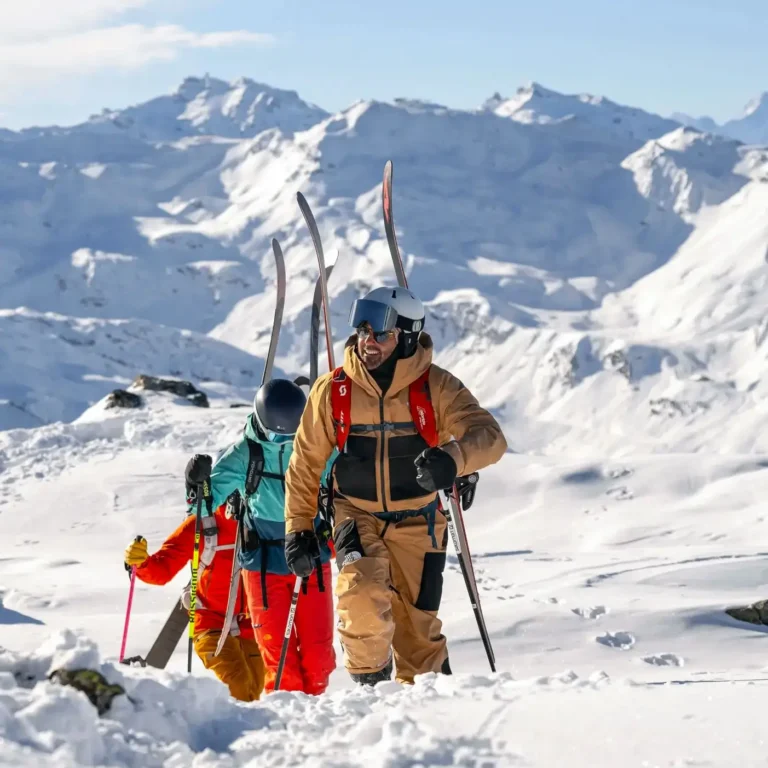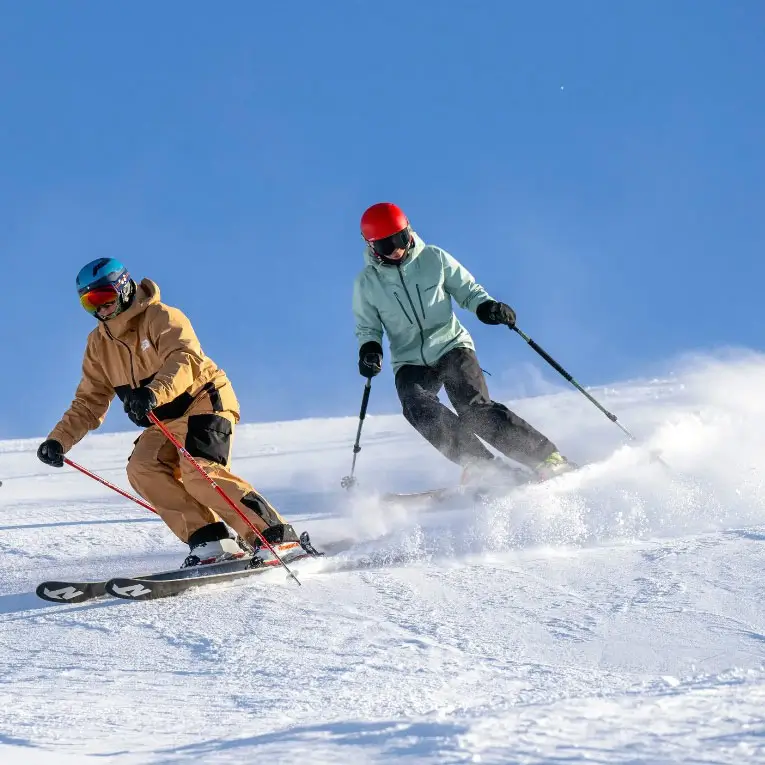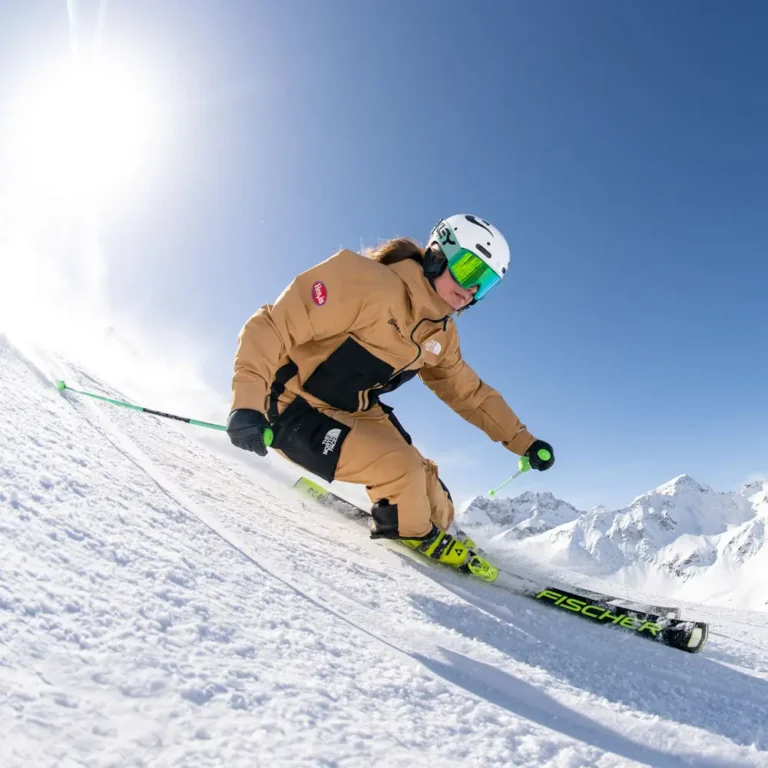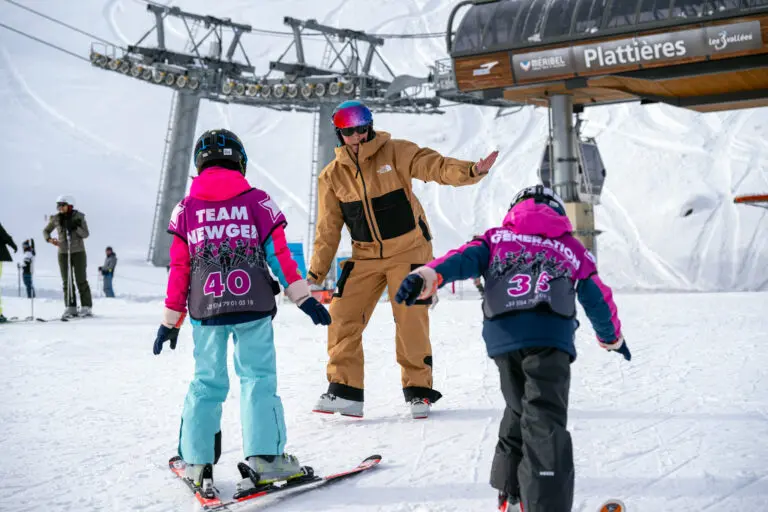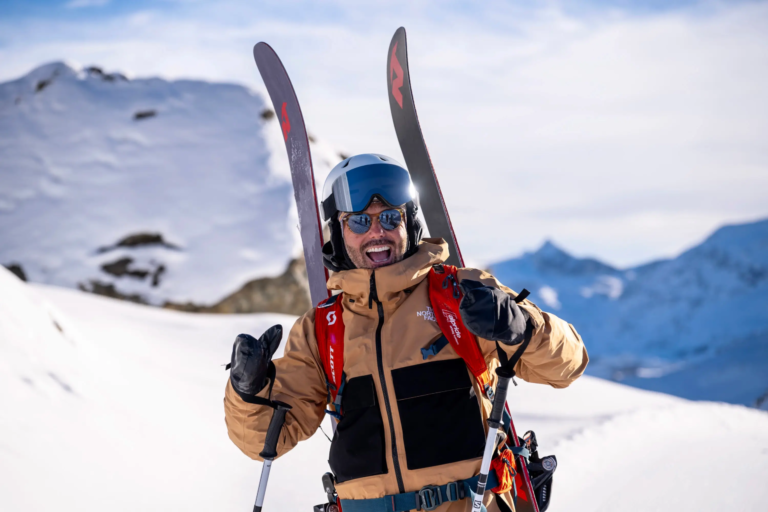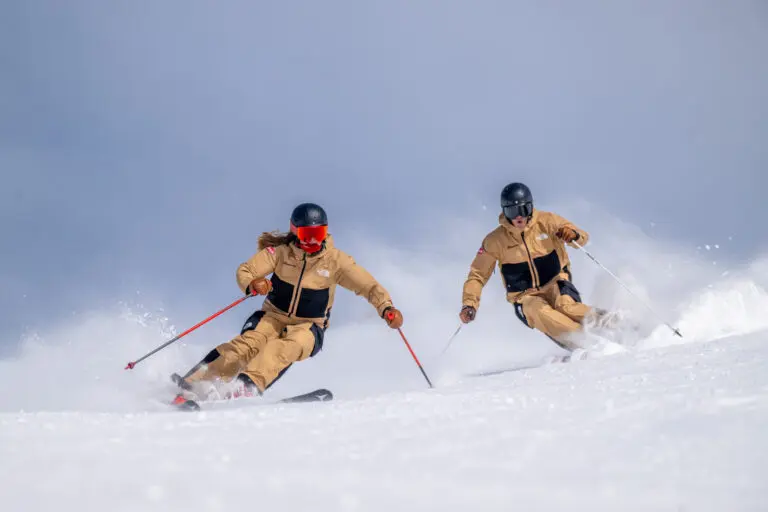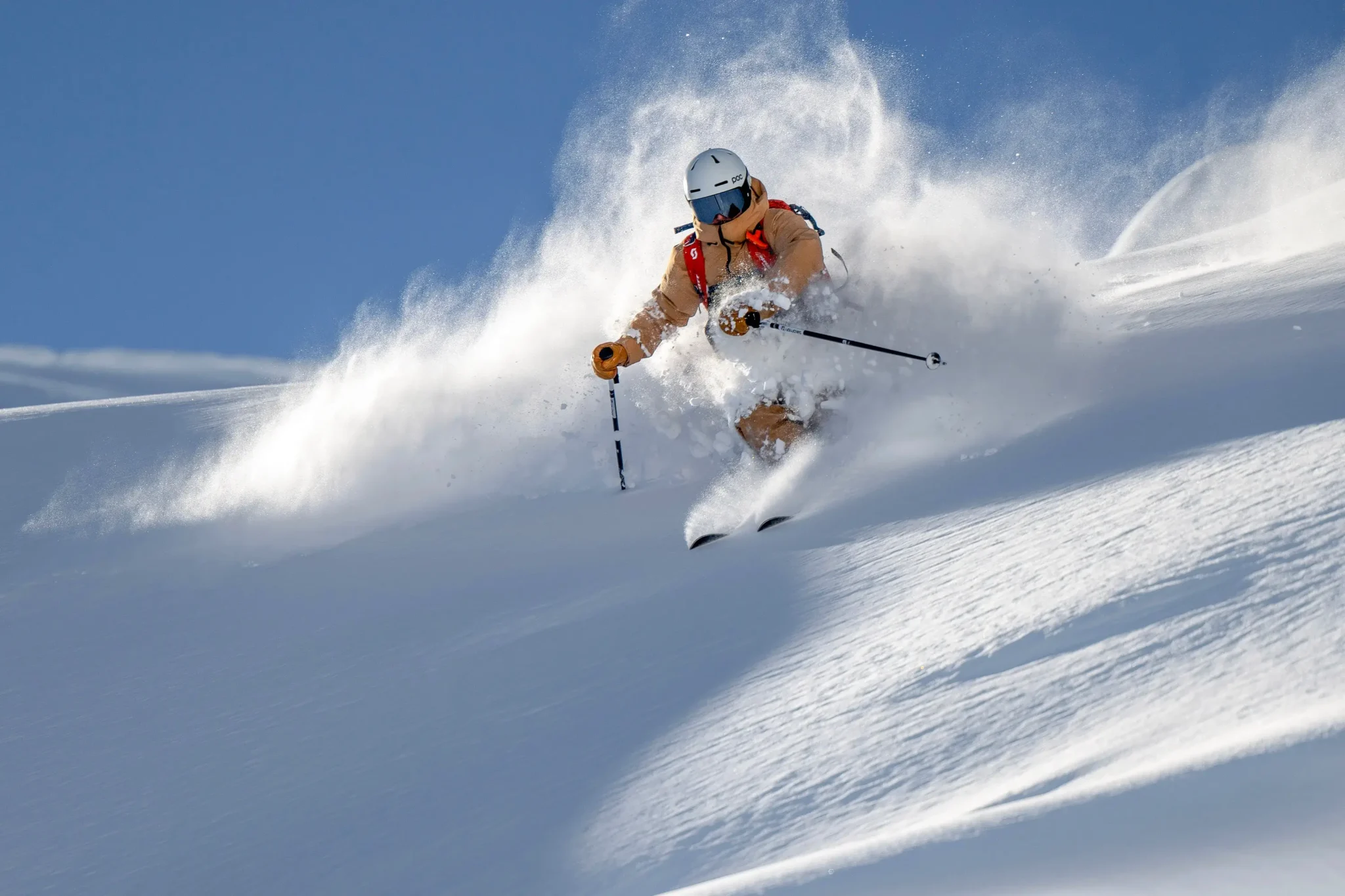We hear over and over again that many skiers struggle with confidence on the slopes. Confidence is a funny thing. Sometimes we ‘gain it’, sometimes we puzzle over why we lose it. But if you want to build confidence skiing, here are a few confidence hacks that can help. How you approach your skiing, how you can improve, and how you can avoid your confidence getting knocked.
How to Build Confidence Skiing
1. Differentiate between comfortable slopes and ones you just ‘get down’
There are pistes and levels of difficulty that most skiers feel comfortable on. There are also runs and levels of difficulty that skiers can ‘get down’. However, these two points can be miles apart. Your true level is probably somewhere between the two.
If you spend most of your time ‘getting down’ tricky pistes that you never feel comfortable on, then you’ll be hard wiring this feeling of struggle into your brain. And this is what your brain will associate with skiing in general. It’s much better to ski more of the runs you feel comfortable on and gain confidence and autonomy in your skiing.
Then, wisely choose your next challenge.
2. Do a harder run twice
To do this you need to be motivated to improve – but it works! The first time on a slope is always the hardest physically and psychologically. Do a run that challenges you, breathe sigh of relief at the bottom and then go straight back up and nail it again. The feelings and sensations will already be more familiar, and the edge that was there the first time is always less prominent the second time around.
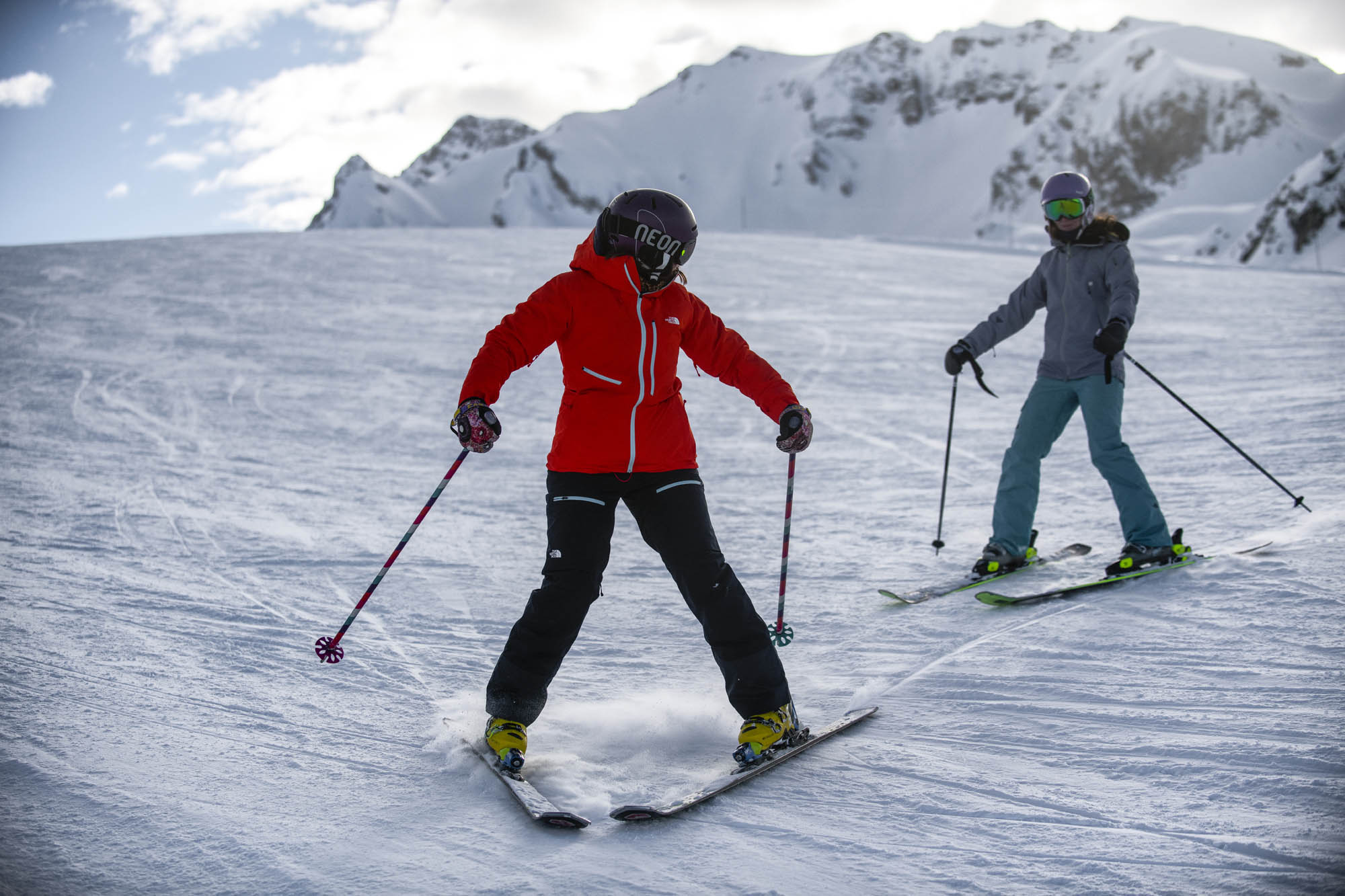
3. Look for short hard sections
Grading pistes is not an exact science and their difficulty rating is often to do with their overall difficulty. However, commonly blue runs will have short sections of red-like terrain in them and often red runs will have sections of blue. This variation is good for getting better and can help build confidence. Search out the little hard bits in a blue run.
Instead of just getting down the short steeper bits of the run, try and conquer them with panache! Find and practice the 40m of red-like terrain. If it was 240m long it would be a red, but as it is short it is only a few tougher turns on a blue. This gives you the opportunity to feel what a tougher run feels like but only for a few turns.
4. Take into account changing conditions
Conditions in the mountains change. This means that from day to day, any given piste can be completely different in terms of surface and difficulty.
Confidence is often knocked when pistes turn icy, visibility drops, or when the weather heats up and the snow turns heavy and slushy. We often hear skiers say, ‘I could do that run yesterday and then today I just couldn’t do it’. They fail to take into account the fact that the conditions were completely different. If it snows, or the temperature changes dramatically, then the same piste can seem very different. At certain times of the year, even the time of day can make a massive difference.
Being clever about when you ski and when you tackle challenging runs can avoid knocks to your confidence.
For instance, in the first half of the winter, first thing in the morning is when the pistes are groomed and in their best condition so a good time to go for a challenge (after a little warm up of course). At Easter and late in the season, you may have to be careful about first or last thing in the day to avoid the ice in the morning and the slush of late in the day so aim for the 10-2 slot – this will ensure the most pleasurable skiing.
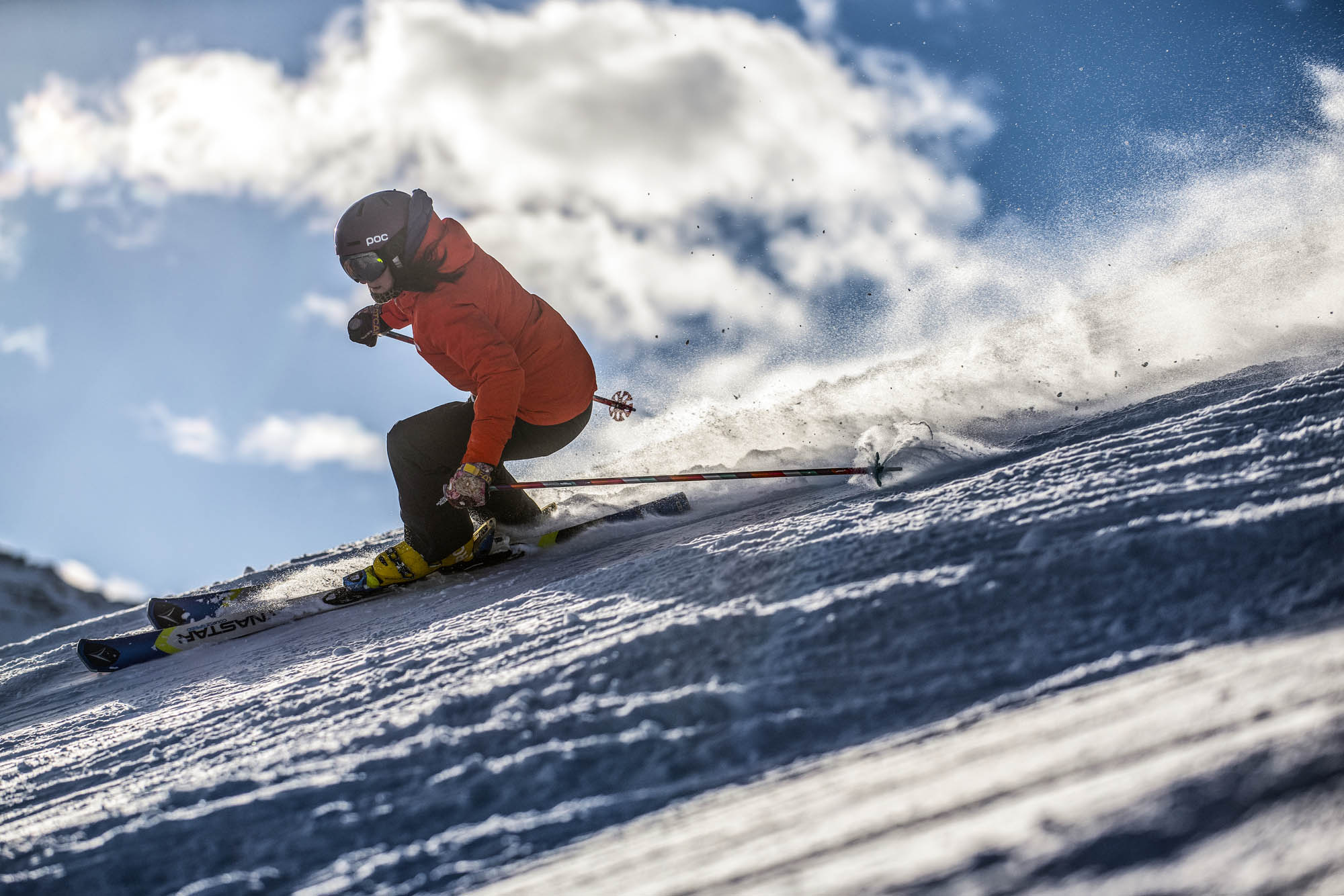
5. Choose the right ski partners
Lastly but not least importantly, choose your skiing companions wisely. Confidence is lost if you always feel last or if you always feel like you’re just hanging in there. If you always feel you are having to ski a bit faster than is comfortable to keep up, it won’t be a fun experience.
Who you ski with can have a massive positive or negative effect on your confidence. So choose wisely! If your family ski at different speeds divide up the week or think of a timetable when the keenest skiers maybe go out early and hit the slopes and then meet up for a mid-morning ski together.
Often gaining confidence or not losing confidence is a lot to do with thinking around the day’s challenges. Being able to ‘control’ when to challenge yourself and when to avoid tricky situations is key, and so being methodical can play a massive part in your confidence levels.
